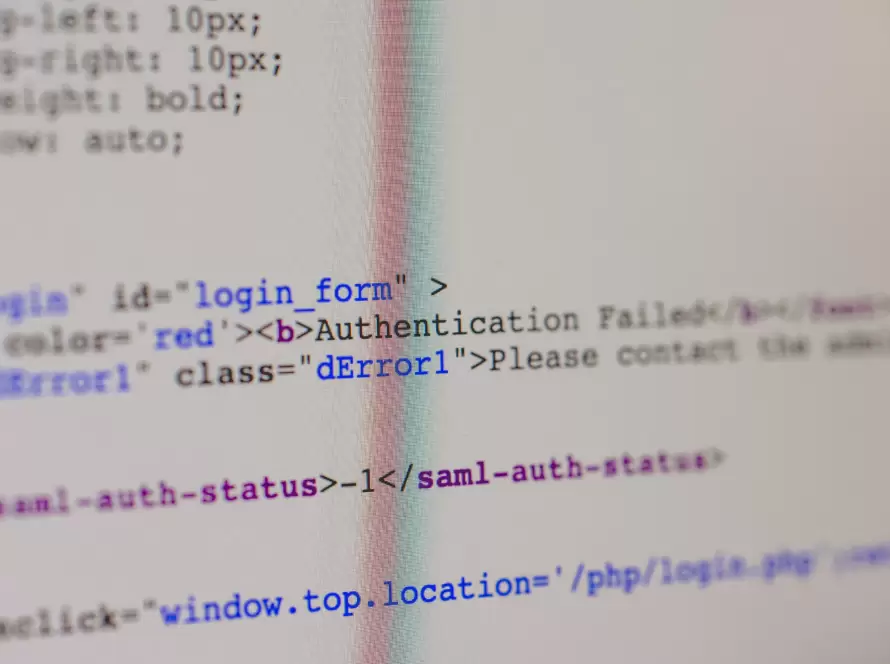Generated by Contentify AI

In today’s digital age, web developers are constantly striving to enhance the security of their applications. One area that often gets overlooked is the proper storage of PHP constants. These constants play a crucial role in defining and safeguarding sensitive information, such as database credentials and API keys. As a professional copywriter, I am here to guide you through the best practices for securely storing PHP constants, ensuring that your application remains protected against potential vulnerabilities.
First and foremost, it is crucial to avoid storing sensitive information directly in your source code. Hardcoding such data increases the risk of exposure, particularly if your codebase is ever compromised. Instead, consider utilizing configuration files. By storing your constants in a separate file, you can easily exclude it from your version control system, preventing unauthorized access to sensitive information.
Another essential practice is to leverage environment variables. These variables are particularly useful in cloud-based environments, where applications can be deployed across multiple servers. By using environment variables, you can ensure that your constants are securely encrypted and decoupled from your source code. This approach not only enhances security but also provides flexibility, allowing you to update your constants without the need for code changes.
Furthermore, consider implementing an access control mechanism to restrict the visibility of your constant files. By utilizing file system permissions, you can ensure that only authorized users or processes have access to these files. Additionally, consider encrypting your constant files to provide an extra layer of protection. Tools like OpenSSL can help you achieve this seamlessly, safeguarding your sensitive data from prying eyes.
Lastly, continuous monitoring and auditing of your application’s security measures are essential. Regularly review and update your security protocols to stay ahead of potential threats. Conduct security tests, such as penetration testing and vulnerability scanning, to identify and address any potential weaknesses.
By following these best practices for securely storing PHP constants, you can mitigate the risk of unauthorized access to sensitive information. Keep your application safeguarded by relying on proper storage techniques, utilizing environment variables, implementing access controls, and regularly auditing your security measures. Remember, security is a continuous process, and staying proactive is key to protecting your applications and the sensitive data they handle.



